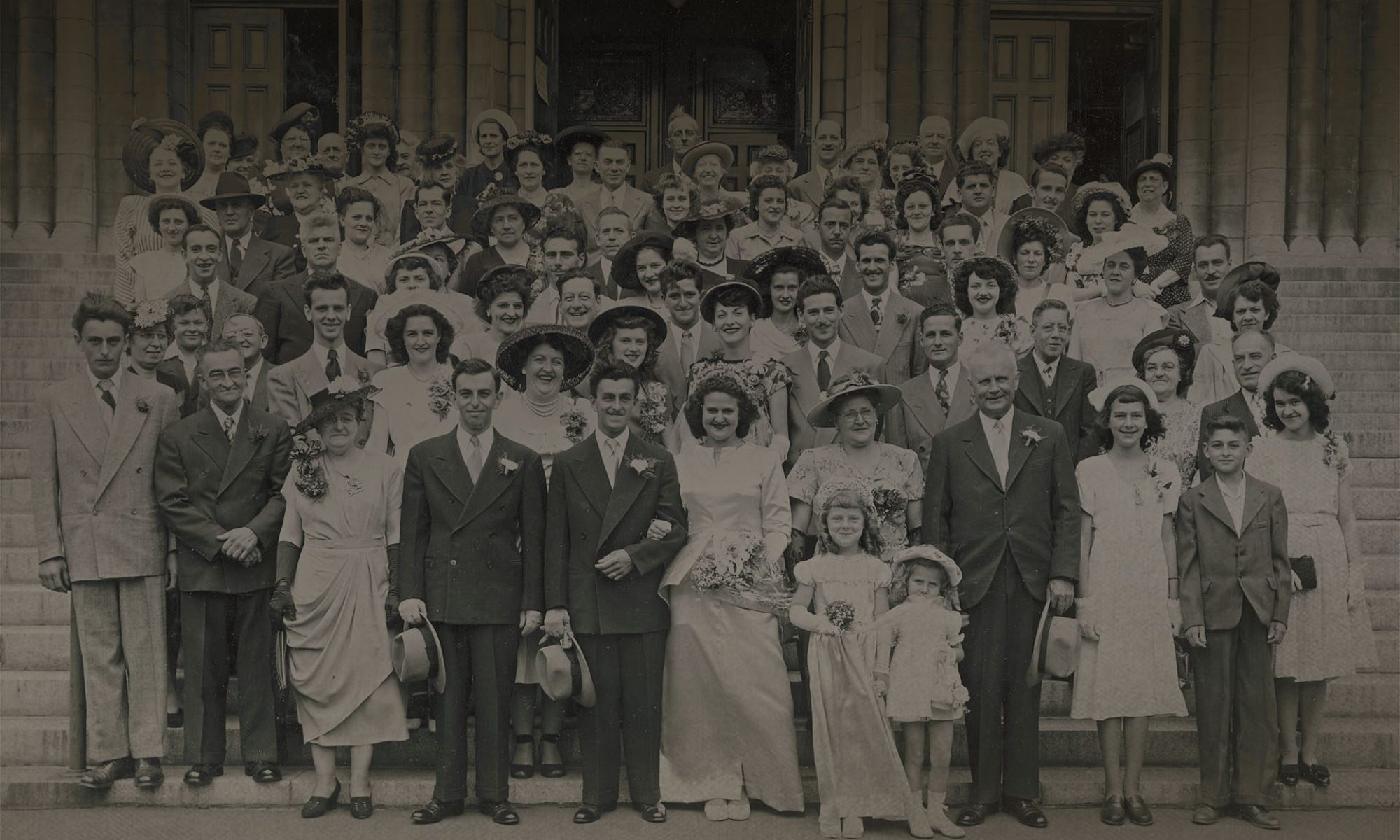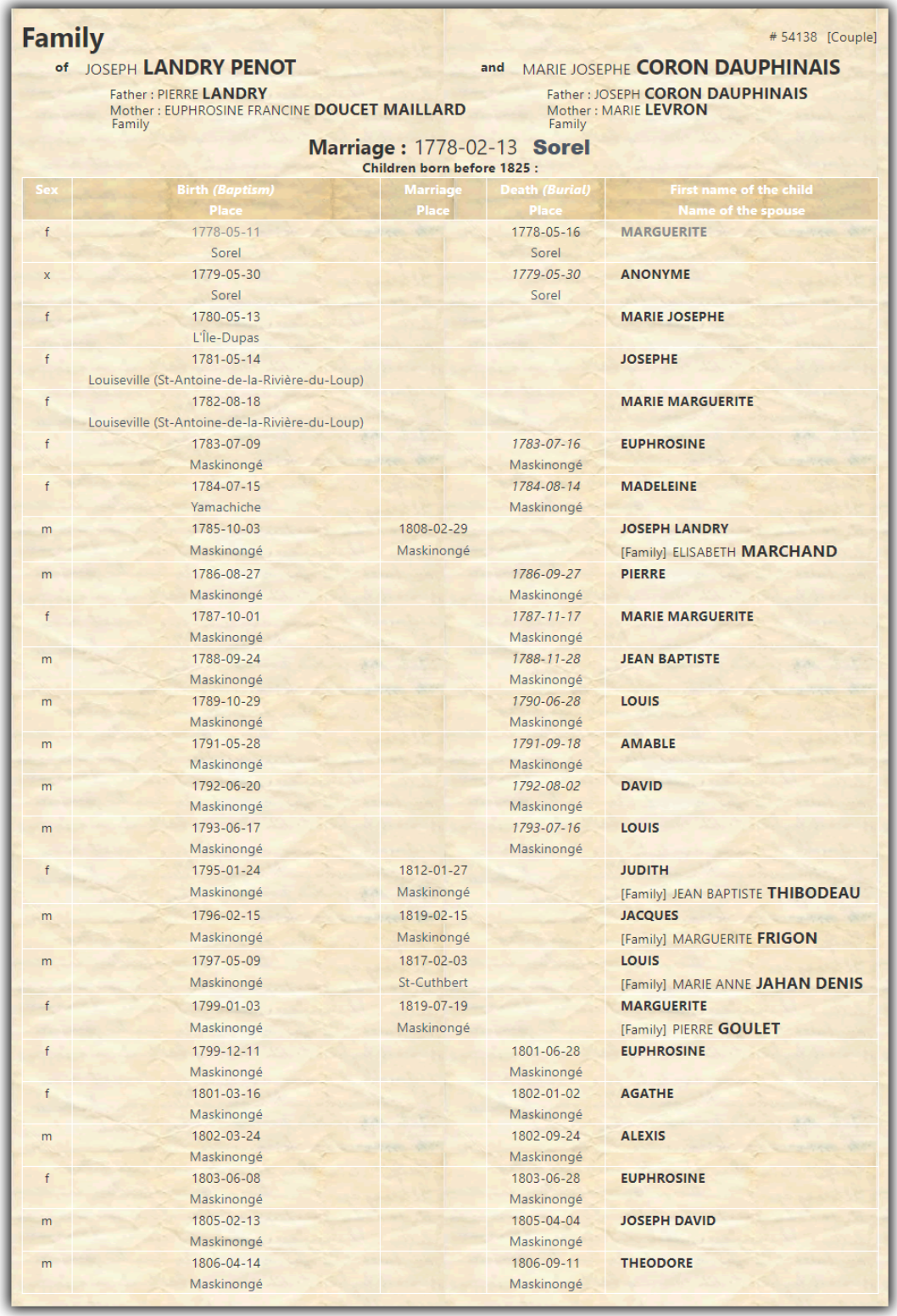Curious to know more about the history of their close family and their ancestors, many people decide to do research to discover their family genealogy. This investigative work is often performed by a specialist who has mastered the tools and techniques to find the desired information. Some people also make this a personal project, deciding to carry out their research themselves. With the masses of information available on the internet, it’s relatively easy to find platforms and databases to consult archival documents and discover your ancestry and family trees that may prove useful.
There are two main distinct tactics for going back through the genealogy of a person and/or a family: ascending genealogy and descending genealogy. In order to properly trace the family line, you must therefore choose between these two strategies before starting your research.
The difference between ancestry and descent
Given that these words are often used interchangeably, and that this is a mistake, it’s important first and foremost to review the definitions of the two words. The word “ancestry” is used to describe a movement from the bottom to the top, while the term “descent,” for its part, is derived from the word “descend,” which refers to the act of going from top to bottom. In a genealogical context, this word is synonymous with posterity and thus designates the generations that follow an individual (their descendants).
When you decide to draw a portrait of your ancestors, there are two main ways of going about it to achieve clear results. You can start from yourself and your family to discover your ancestry, or you can start the work by trying to distinguish the links starting from a known ancestor and their descendants.
Ascending genealogy
This technique is the most common of the two presented above, since the research is much easier to do. In addition, the person who wants to trace their lineage generally already has some information, which can greatly simplify the process. Then, by using a mixture of resources, it’s possible to reach very far back into the past to discover the ancestors that make up the family genealogy.
Descending genealogy
Descending genealogical research involves finding the descendants of a specific person. In the case of a family, we could talk about a great-great-great-grandfather and all the descendants belonging to his lineage. When you start with an ancestor whose existence goes back very far, this strategy can be somewhat complex, in addition to resulting in higher costs than those incurred for ascending genealogical research. However, it’s often considered more effective at tracking down cousins and other distant ancestors.
Should you choose ascending or descending genealogy?
To find an answer to this question, it’s important to define what your exact expectations are regarding the investigation. Are you specifically looking to identify and find your ancestors? If that’s the case, you’ll have the most success with an ascending search.
Otherwise, if, instead, you’re aiming to clarify certain aspects of your family genealogy by studying the descendants of your ancestors, a search based on descending genealogy may yield more specific information that meets your expectations.
Of course, if the investigations are completed by a genealogist, it will be necessary to specify what the purpose of the research is and what type of result is expected. Genealogists have tools at their disposal that make it possible to use both strategies, and they know how to study and analyze the documents they find over the course of their investigations to paint a portrait of your family genealogy.




